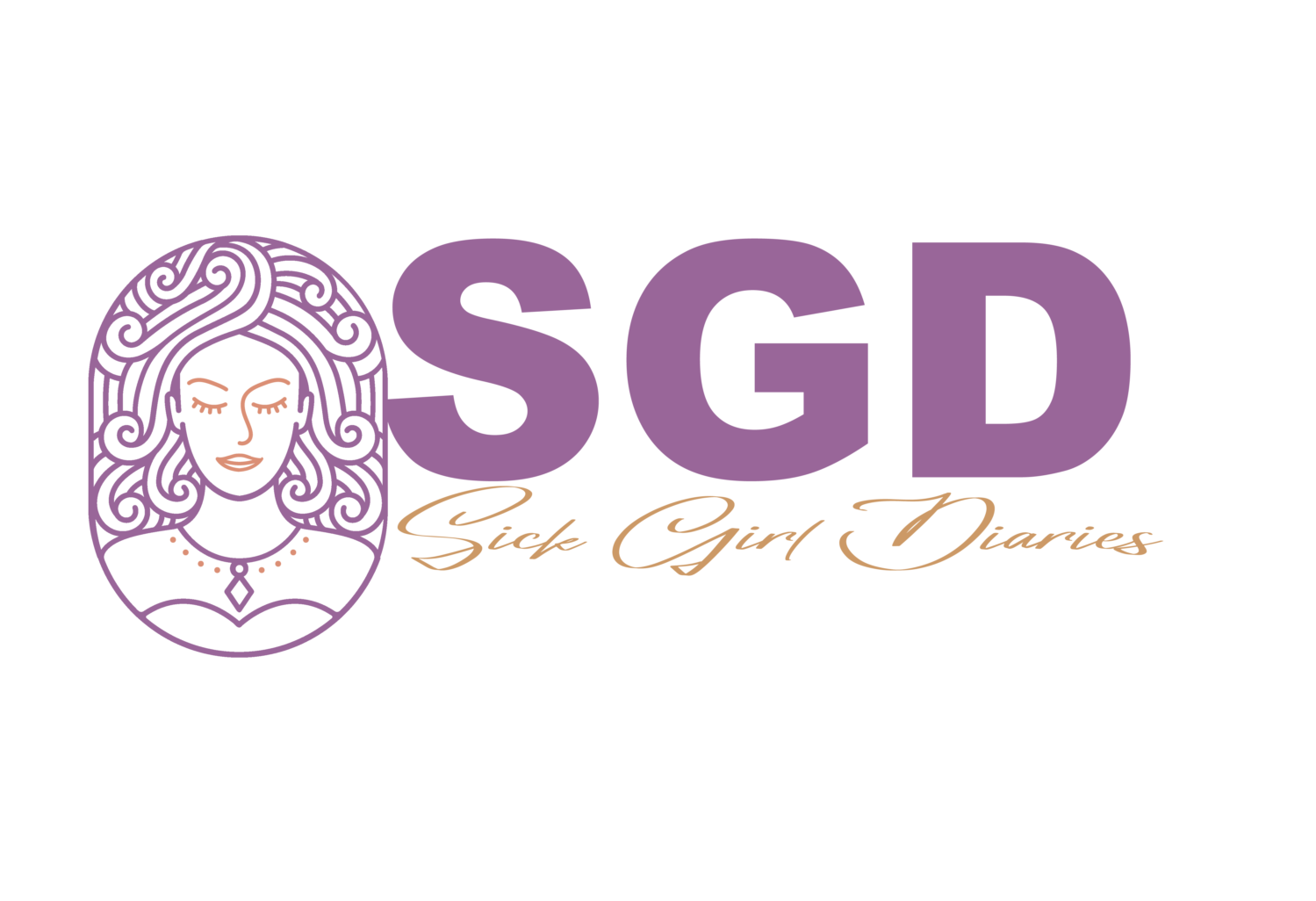Living with Ataxia: My Unexpected Journey to the ER

Introduction:
It’s been a whirlwind of a month, to say the least. August came and went, leaving me in a strange, unsettling state. I wasn’t feeling like myself, but I couldn’t quite put my finger on what was wrong. Then, things took a turn for the worse—I started staggering like I was drunk, despite not having a drop of alcohol. The real scare came when my brain couldn’t seem to communicate with my feet while I was driving. That was my final straw; I knew something was seriously wrong and headed straight to the ER. A week later, I’m here in the hospital, officially diagnosed with Ataxia, trying to make sense of it all.
What is Ataxia?
Ataxia is a term that refers to a group of disorders that affect coordination, balance, and speech. It’s a neurological condition that can be caused by various factors, including genetic mutations, head trauma, stroke, or other diseases. In my case, the symptoms came on suddenly, leaving me disoriented and scared.
There are different types of Ataxia, including:
- Cerebellar Ataxia: The most common type, caused by damage to the cerebellum, the part of the brain that controls movement coordination.
- Sensory Ataxia: Results from damage to the nerves that connect to the spinal cord, leading to a loss of coordination without dizziness.
- Vestibular Ataxia: Caused by problems in the inner ear or vestibular system, leading to balance issues and dizziness.
Ataxia is a progressive condition, meaning it can worsen over time, making early diagnosis and treatment crucial.
My Symptoms and Diagnosis
Looking back, the signs were there, but I didn’t recognize them for what they were. The feeling of being in a “weird state,” as I called it, was actually the beginning of Ataxia. The staggering, the disconnection between my brain and my feet—it all made sense once the doctors explained the condition to me.
After several tests, including MRI scans and neurological exams, the diagnosis was confirmed: I had Ataxia. The doctors believe my condition might be linked to an underlying issue that they are still investigating. It’s terrifying to think that something as basic as coordination could go so wrong, but at least now I have some answers.
The Road Ahead: Treatment and Management
Being in the hospital has given me time to reflect and learn more about managing Ataxia. Unfortunately, there is no cure for Ataxia, but treatment focuses on managing symptoms and improving quality of life.
Here’s what I’m learning about managing Ataxia:
- Physical Therapy: Helps improve balance, coordination, and muscle strength.
- Occupational Therapy: Assists with adapting to daily tasks that become challenging due to coordination issues.
- Speech Therapy: Useful if speech is affected, helping to improve communication skills.
- Medications: Depending on the underlying cause, medications may help manage symptoms like tremors, stiffness, or depression.
It’s still early days for me, and I’m trying to take things one step at a time. The hospital staff has been incredibly supportive, helping me understand my condition and how to cope with it.
Conclusion: My New Normal
Living with Ataxia is going to be a challenge—there’s no doubt about that. But knowing what I’m up against is half the battle. I’m grateful for the medical care I’ve received, and while this diagnosis is life-changing, I’m determined to find a way to adapt and keep moving forward.
If you’ve experienced similar symptoms or have been diagnosed with Ataxia, know that you’re not alone. We’re all in this together, and sharing our stories can help us navigate this challenging journey.


